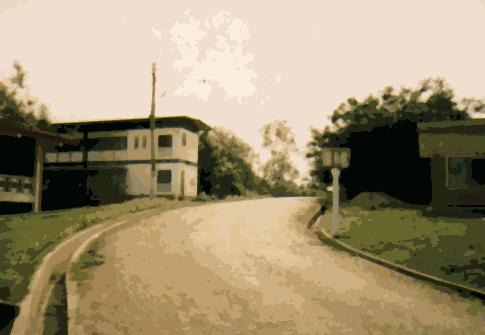
| Menu:
Chapter 1
|
Chapter 2: About the Mfantsipim school

Energy use
The population and the energy use of the school are increasing. They use
energy sources like hydro-electric power, charcoal, LPG and firewood. They say
that in the future coal and wood needs to be eliminated.
They use 18000 kWh of hydro-electric power per term.Three terms are one year, so they use 54000 kWh per
year.
54000 kWh divided by 365 (days in
a year) comes at an average of approximately 150 kWh per day.
For cooking about 4000 kg of LPG gas is used. Also some wood is still used, about ╝ of the amount of LPG.
The school leaders want to change the use of gas,which is a fossil fuel, into the use of renewable energy sources,so that they will not be dependent of external fuel in the
future.
We could not get more information about peek consumption of electricity and gas, because of the
poor communication with the Mfantsipim school.
The school
They have four weeks of per holiday. And there are three holidays per school
year. In that time there are only a few people in the school.
in the school.
So they don't use much energy. There are 6.5 hours of bright sunshine per day,
and it is allowed to build up to 350 meters above sea level.
The average wind speed is 4 miles per hour. The school is painted dark red and
black.
There is a medical building for students and staff. They have a playing field
near the school.
The location
The school is located near Cape
Coast, in the south of Ghana at the Atlantic coast. Cape Coast is located 145
kilometers from Accra.
The landscape is very varied, some hills have very steep slopes. The school is
situated a hill called Kwabote. There is a forest nearby the school.

The entrance of the school
The climate
The average temperature is 26 to 30 degrees Celsius. There is about 87.6
millimeters of rain per
day in the wet season.
That is about 900 millimeters per year. There is a wet season and a dry season.
The wet one is
during the months April, May, June, July, September and October. The dry
season is during the
months November, December, January, February, March. August is the coldest
month.

The headmasters residence

The dormitory
Copyrightę2000-2001 Ga2tMarnix